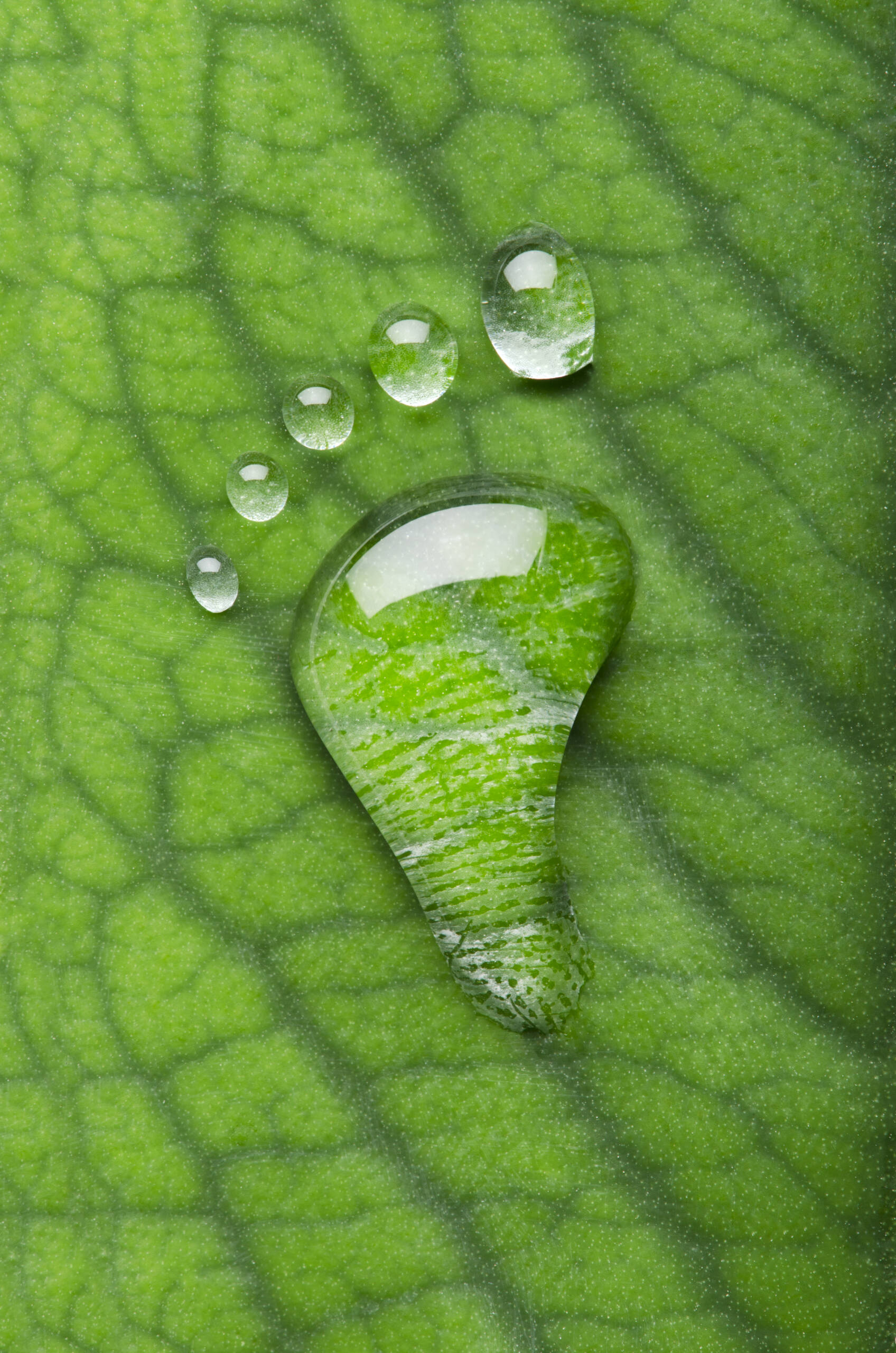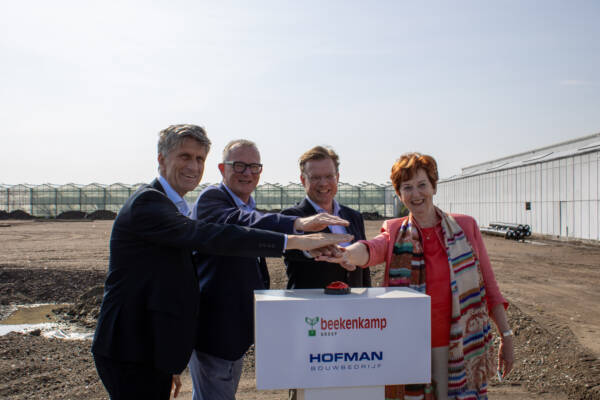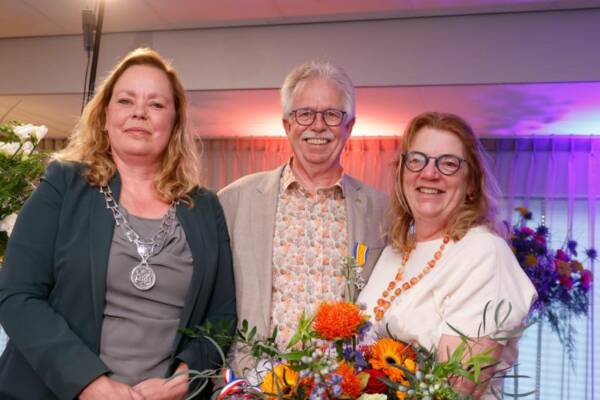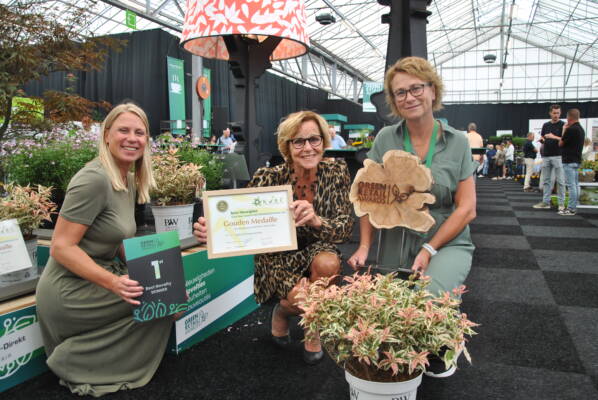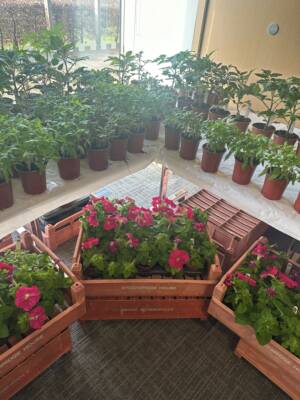The most beautiful girl in the world is my granddaughter, Leah. She is 18 months old and deserves a peaceful, healthy, happy future.
Last year, the Earth Overshoot Day fell on 2 August 2023. Each year, the event marks when humanity’s demand for ecological resources and services exceeds what the Earth can regenerate in that year. The Earth Overshoot Day is hosted and calculated by humanity’s ecological footprint.
To make complex calculations short, we need 0.75 per cent more Earth to break even. In 1971, the balance was even. So, understandably, I am worried about Leah’s future.
On 12 December 2015, 196 parties at the UN Climate Change Conference (COP21) in Paris adopted the Paris Agreement, a legally binding treaty on climate change. It entered into force on 4 November 2016.
Seven years later, the main conclusion is that the actions taken and progress in climate change mitigation adaptation measures are slow.
Long before the Paris Agreement, governments of 29 European countries set up the world’s first international emissions trading, aka EU ETS (European Union Emissions Trading System) in 2005, for which the EU gives carbon permits.
Participation in the system is mandatory for companies. Hopefully, the number of permits will decrease year on year until the Paris Agreement’s goals are met.
The emissions trading scheme obliges the industry to hold a permit for each tonne of CO2 they emit. And if a company emits more than it is allowed, it must buy rights on the market from other companies. If the company produces less, it can sell the rights to other companies.
The prices per permit (per tonne CO2 ) increase rapidly. Initially, the price started at €5 per tonne, while the current price is approximately €80. The programme’s success is encouraging. In the Netherlands alone, the emission of CO2 went down by 44 per cent.
We can expect prices to go up in the coming years, given the EU pressure to limit the number of permits every year. The scheme is big business. In 2022, the Netherlands’ emission rights sales exceeded €1.13 billion
There are many private initiatives, but I am only familiar with those started in agriculture and, even more specifically, horticulture.
Some trees and plants, such as Paulownia, Miscanthus and Bamboo, are known for absorbing carbon.
Dealin.Green, the project I am involved in, uses genetic knowledge to breed new varieties in several crops protected by Plant Breeders’ Rights. It runs a sales platform for Paulownia and Miscanthus, propagating material and final products. Its philosophy is that a farmer wants to farm and create an income. He does not like to be told by the government that you are not allowed to do this and not do that close to a Natura 2000 nature reserve. This situation pushes him to sell his farm to the government or stop his farming activities altogether.
Dealin.Green prefers to offer a farmer the opportunity to earn an income by, for instance, growing Paulownia trees or Miscanthus.
It offers the opportunity to earn money by selling emission rights and harvesting the wood of Paulownia trees: in eight years, the tree’s trunk has a diameter of 30 centimetres, which is the most robust timber in the world.
One hectare of Paulownia absorbs ca. 40.000kg CO2 per year. In this example, a farmer needs 6.4 ha Paulownia to break even with 100 of his cows; aside from the CO2, we estimate that one hectare of Paulownia absorbs 150kg N (nitrogen).
I am also involved in the Greenhouse Sustainability initiative, as we must identify and communicate our ecological footprint.
Greenhouse Sustainability claims it can calculate precisely the carbon footprint of horticultural products, flowers and plants, and vegetables, from breeding to consumer, all through the vertical supply chain.
The tools of Greenhouse Sustainability calculate the footprints using Life Cycle Assessment (LCA). An LCA calculates the environmental impact of a product by assessing various impact categories, such as climate change and ecotoxicity. If desired, the water usage and land usage can also be measured.
Greenhouse Sustainability designed tools to measure the emissions in the horticultural sector to align the goals of a company’s goals with the Paris Agreement climate goals. The environmental impact can be calculated for breeders, propagators, growers, traders, retailers, and their suppliers (pots, trays, substrate, packaging), transport and, in the end, consumers who throw away their flowers or eat their cucumbers.
These tools calculate the footprints with LCA. Also, the water and ecotoxicity can be measured, and other important elements can be calculated.
Greenhouse Sustainability works according to the standards of Hortifootprint Category Rules (NL), FloriPEFCR (EU), Greenhouse Gas Protocol and the ISO standards ISO 14040 and ISO 14044.
The reliability of the methods and companies working in this field need credibility. So, certification by SGS, Veritas certification or Control Union World Group (who claim to have their roots in agriculture) seems important. The two mentioned companies work hard on this.
And Leah? She melts my heart and spurs me to work hard on these projects.
This article was first published in the November 2023 issue of FloraCulture International. The author is Jaap Kras, a horticultural consultant, a PBR expert, an industry veteran and a former owner and publisher of FloraCulture International.





















